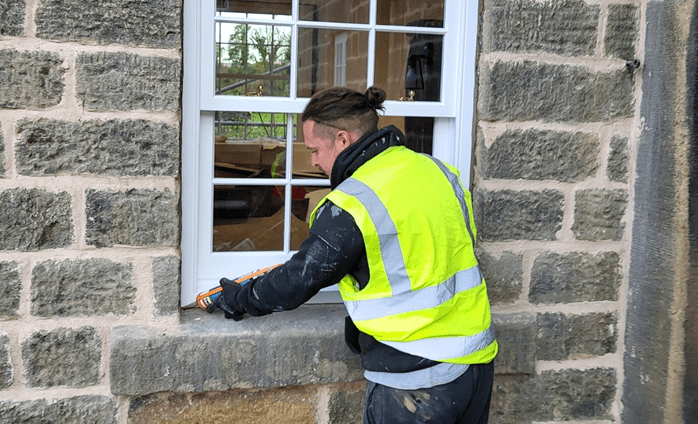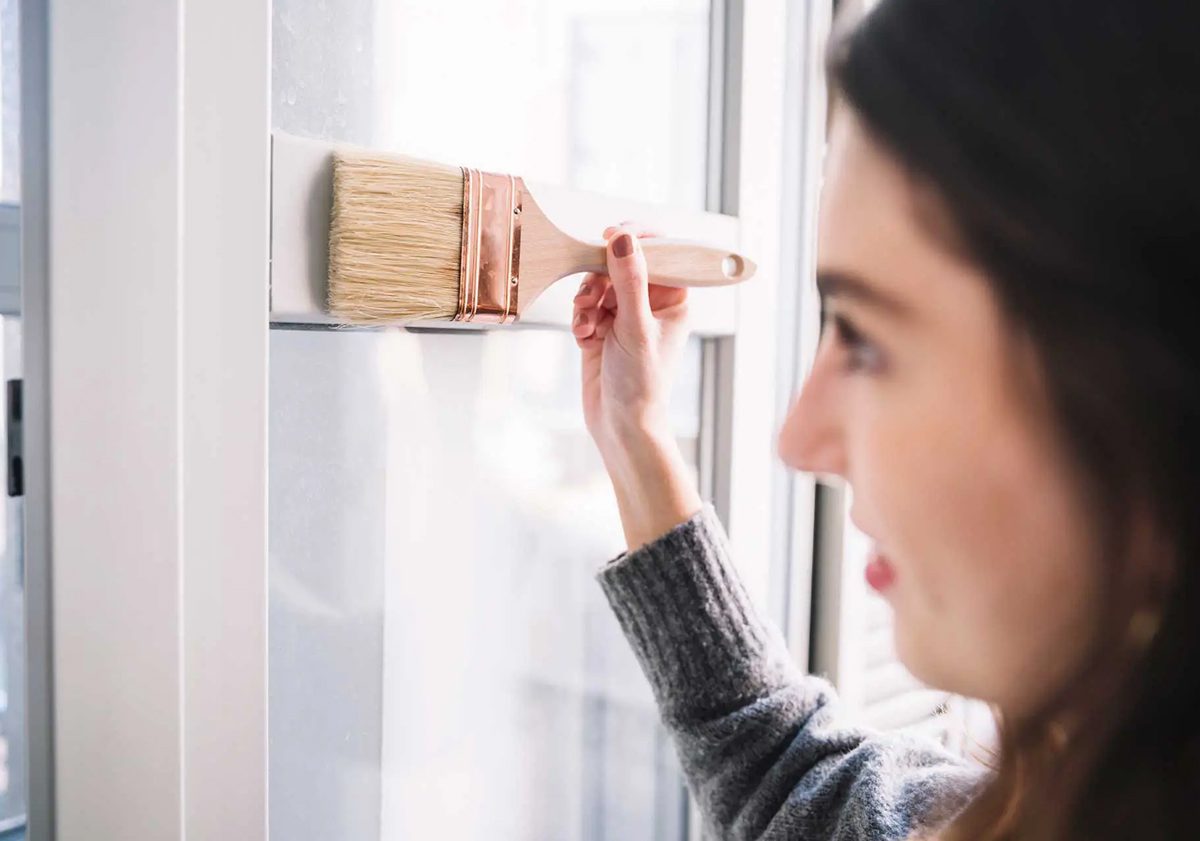
Environmentally Friendly

Award Winning Team

Made in Britain
Your products will be delivered and installed in perfect condition and the guidelines below will enable you to keep them looking pristine. With the right aftercare, hardwood and Accoya products can literally last a lifetime.
Growing trees contain high levels of sap, which is reduced substantially when timber is dried out in kilns. Nevertheless, moisture levels in timber can change during manufacture and, particularly, when introduced to a wet winter or when a new-build room is plastered after timber windows and doors are fitted.
Water-based, micro-porous paints allow water to pass through so that the timber can reach a steady moisture level. Extra moisture in timber will allow wood to swell and could make doors difficult to open and close.
Gowercroft take responsibility for ensuring that your product fits perfectly when this steady moisture level is reached after the first six months. If you still experience difficulty once your project is complete and conditions settled we will attend site to make any adjustments necessary.
All timber movements are covered under your 10 year guarantee except for European Oak where you will be expecting considerable movement. Whilst you may wish to have the charm and distinctiveness of the European Oak this would not be covered under the guarantee, unless we deem that the structural integrity is significantly reduced.

When the builders have left the site please undertake an initial inspection of your products and ensure that all moisture attracting materials such as sand or leaves are removed from contact with the coated surfaces. This material would otherwise prevent the coating from working properly and could cause it to peel off. Use water to remove any residues of plaster, mortar and other aggressive building materials without delay.
As explained above, there is a period of settling in after installation is complete. Our products are designed to allow small and simple adjustments to be made to ensure that performance and functionality are correct. Full details of these adjustments can be found in our Installation Manual, available either by request or from our website at the following contact us page.
If you have any concerns about the adjustment process, then please do not hesitate to call us in the office to discuss or for a walk through.

It is important that at least annually (and every six months for high use properties such as hotels, schools and commercial buildings you inspect your products, particularly on the outside and more exposed areas. Picking up any problems early means the solutions become much more straightforward and your guarantee is not at risk.
Coatings are applied to protect wood from destruction by UV light. The coating itself is attacked by UV light and will gradually degrade until a new coat reinstates its protective qualities. Any lesion in the coating needs to be identified and addressed without delay so that the wood is not damaged. In addition it is important to check the free running of the product so that strains on components are avoided. So each periodic inspection should include:
Guidelines are as follows:

As with any product, regular cleaning is essential for keeping the vibrancy and quality of the finish. This process is very easy and requires items easily found in most houses. The basic guidelines are listed below:
If your glass has a stubborn deposit that does not rinse away, clean by hand as follows:
All exterior timber products will require regular re-coating to maintain an excellent appearance and to ensure maximum longevity. The regularity (in years) depends on the exposure levels, and is provided as a guideline only. Translucent stains have less pigment and therefore offer less protection against UV than opaque coatings.
A complete recoating will be necessary either to the above schedule or when an inspection shows the condition to be deteriorating. Your products will look better if this is completed in good time. If applied before significant deterioration occurs, then a single coat of Sirca top coat will reinstate the original finish.
If you want to freshen up the lustre of the coating you can apply a mild detergent was (Sirca ID1200) to clean the product every year followed by a revitaliser coating (Sirca IR1100) every four years. These products are available from Gowercroft at request.


We are dedicated to long-term relationships; and with over 80 of our enquiries coming from repeat customers or referrals, our goal is for you to be delighted both at the point of sale and with our level of service going forward.